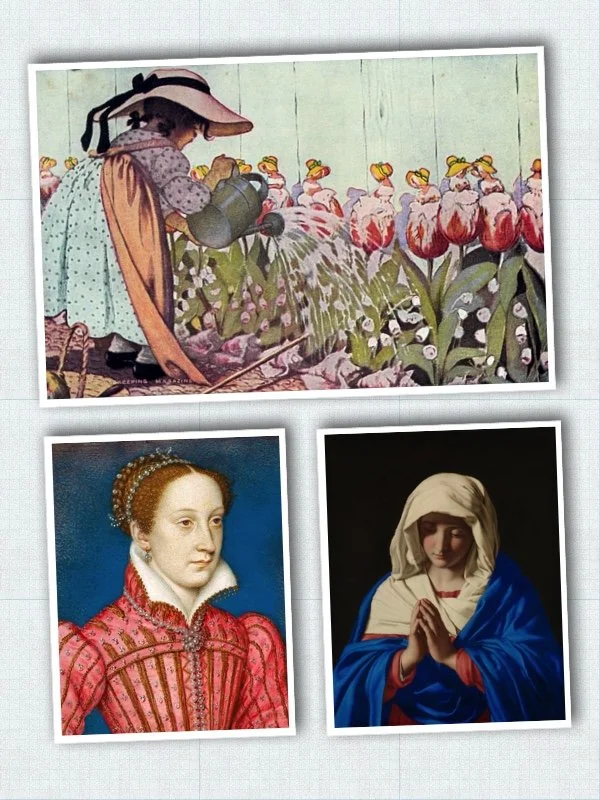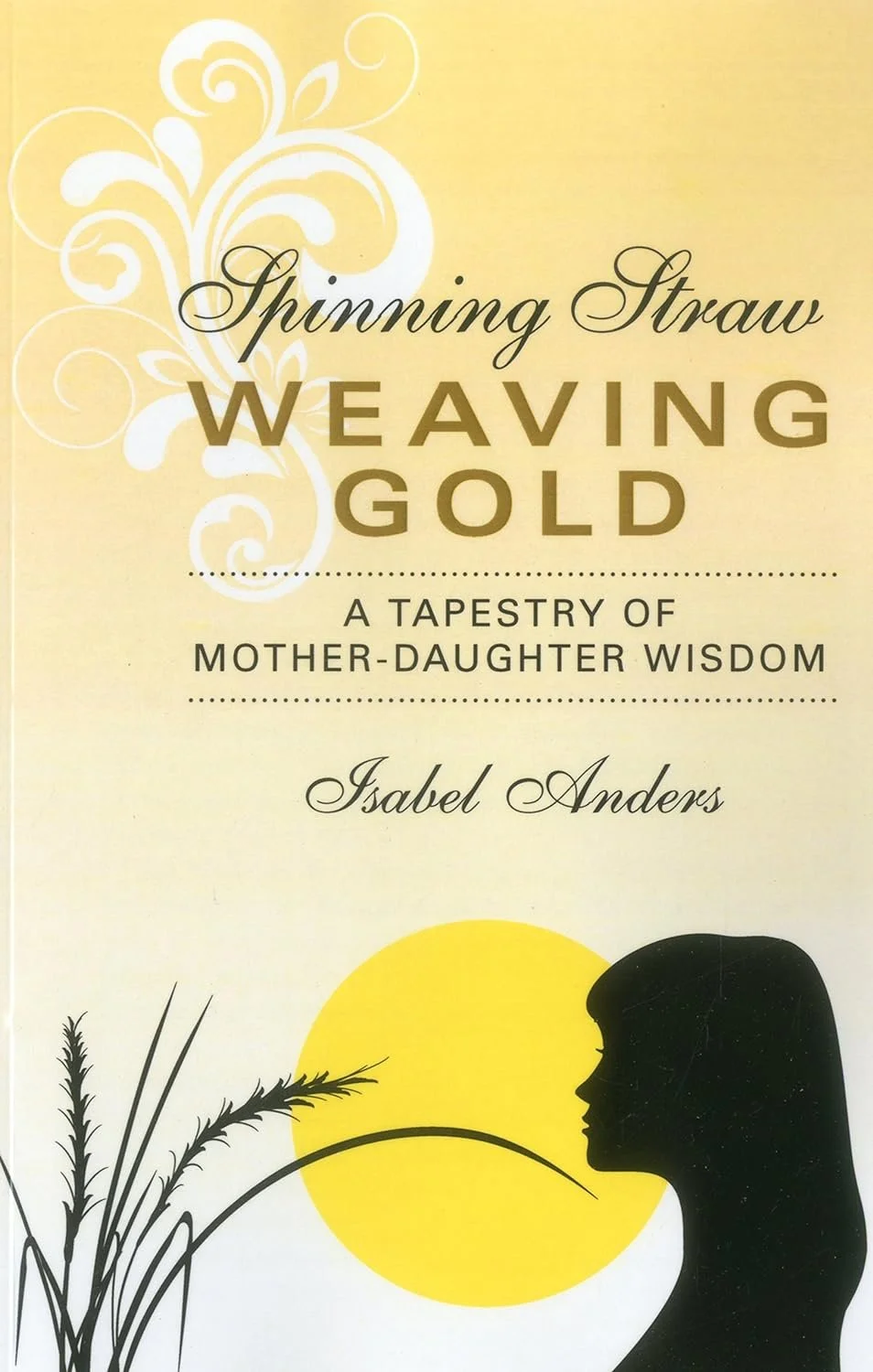Guest Writer: Isabel Anders
What’s Behind Nursery Rhymes?
Mary, Mary, quite contrary, how does your garden grow?
Most of us are quite familiar with the sing-song lines of the classic Mother Goose rhymes that have been collected, illustrated, altered, and pondered for meaning over the years—and even centuries in some cases.
When you read some of the supposed origins and hidden messages in the folksy lines about blackbirds and puddings and a cow jumping over the moon, you realize that it wasn’t always safe (and indeed, it isn’t in our time) to openly express political views, especially criticism of the government and royalty. So the supposedly innocuous lines of nursery fun have come down to us with their multifaceted histories tucked behind them—or built into symbols we still ponder even as we sing them.
Is the Mary of the above-referenced garden the Virgin Mary, or Mary Queen of Scots, or a symbol of women and the importance of their fertility in the Garden of Life? We don’t have to know how to pick up the rhythm, sing the lines using hand motions, and pass on their colorful word pictures to a new generation, often at bedtime.
Whatever anonymous author first launched these often incongruous images—a garden yielding “pretty maids all in a row”?—they surely emerged from an intuitive, free-associative letting go. On the other hand, perhaps they originated in someone’s fertile unconscious, as images can seem to pop up for all of us out of nowhere.
For some months, the images that come to me unbidden, often in that veiled state between sleeping and waking, tell me something about my life. They have been starting points for discussions with my spiritual director, who knows my history and current personal issues. Sometimes, they surprise both of us with their concise accuracy.
Picture language can resonate within us. Images such as the sometimes bizarre juxtapositions in Nursery Rhymes—a pie of singing birds, a cat playing a fiddle, a dish holding hands with a spoon—speak to us in ways we can’t always break down into words. There are deeper truths that nature, animals, and the earth itself sing out all around us, and we sift and interpret through our human interest grid.
Maybe simply being open to the fantastical happening has something to do with spiritual progress. Perhaps we never totally outgrow our awe at probing the deeper origins and unexplained mystery of finding ourselves human in the world.
As we consider these familiar rhymes, accepting the confusion and the revealing that sit side by side in our popular folk tradition—we might ourselves sometimes feel “quite contrary.” We’re questioning “the way things are,” we’re open to seeing new connections—and we’re working spiritually to keep our garden growing.
Isabel Anders has authored various books, including two collections of mother-daughter wisdom dialogues: Becoming Flame and Spinning Straw, Weaving Gold, and a book recently with Tracy Grant, Wisdom from Little Women: Louisa May Alcott.
Isabel Anders
Joanna Seibert https://www.joannaseibert.com/

